The Legend of Zelda: Tears of the Kingdom builds on the Breath of the Wild formula while delivering a timeless story of sacrifice, faith, and courage. The expanded gameplay loop in this latest version of Hyrule creates one of the best open world video game sandboxes of all time. The game perfectly bookends the Nintendo Switch console era with a Zelda game that is overflowing with things to do.
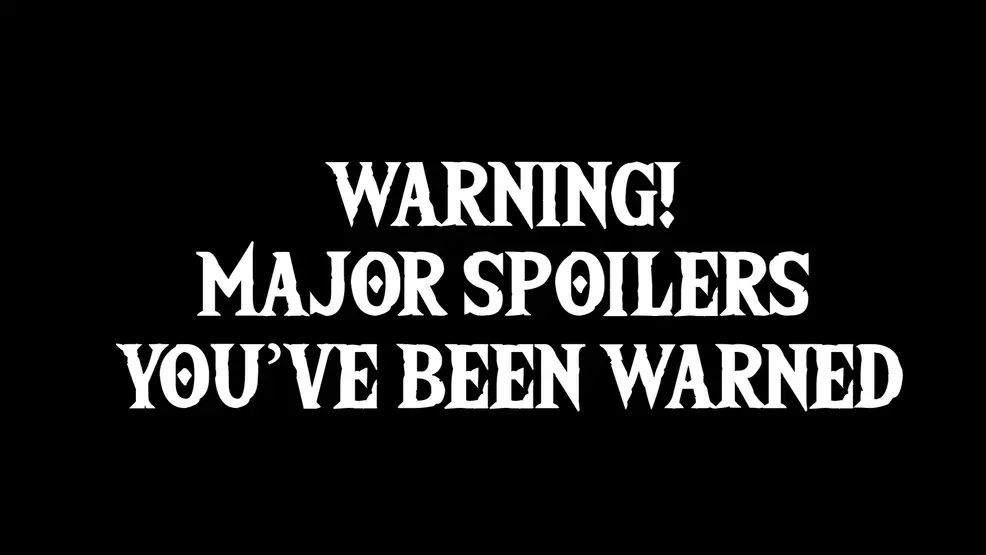
This review contains major spoilers including the ending of the game. Please do not read or watch the review if you are trying to avoid spoilers.
Stupid sexy Ganondorf is back

Tears of the Kingdom begins with Zelda and Link investigating a "gloom" seeping upwards from beneath Hyrule Castle. After descending into the depths, Link and Zelda discover a decayed body of The Demon King with a robotic-looking arm stuck in his chest. The arm falls out of the corpse-like body dropping a tear-shaped Secret Stone that Zelda picks up.

Link jumps in front of Zelda to defend her from The Demon King's attack wielding the Master Sword in front. The sword shatters to the dismay of Zelda, Link's arm sustains serious damage, and he loses all but three heart containers. As the Demon King causes the world to open up, Zelda falls into a chasm and disappears as Link fails to grab her hand.
The opening of The Legend of Zelda: Tears of the Kingdom sets a very somber tone as a voice explains to Link that he almost died and has lost his arm. Luckily, the new mysterious voice was able to attach that robot arm to Link's body.

Link awakens on a Sky Island with none of his powers from Breath of the Wild, three hearts, and some rags for clothing. Tears of the Kingdom introduces players to the new gameplay mechanics in a similar fashion to its predecessor with Link learning Fuse, Ultrahand, Ascend, and Recall. Autobuild is one more ability that can be learned once players leave the Sky Island, but the game certainly doesn't point you to that place. It's quite strange to not include all of the abilities in the introductory part of the game, and some players may not discover Autobuild until later in their playthrough. It's me. I am the player who didn't discover Autobuild for weeks.

Before diving down to Hyrule from the Sky Island, Link encounters a yellow ball of energy at the Temple of Time for a brief moment. The Master Sword is no stranger to time travel, and this is no different in Tears of the Kingdom as Link hands the damaged legendary blade over to flowing yellow orb only to see The Master Sword disappear into thin air.
Capitalism, democracy, and journalism undermining Hyrule's monarchy?

Hylians began rebuilding with Princess Zelda seemingly out of the picture, and the world of Hyrule changed by the Upheaval caused by the return of The Demon King. Sure, much work needed to be done with giant rocks falling from the sky and massive chasms appearing in the ground, but it was shocking to see just how fast many citizens in the Kingdom of Hyrule attempted to get back to a new normal.
Players will encounter a worker holding up signs early on in their journey through Hyrule. The guy really seems to love this President Hudson fellow. There are dozens of Hudson signs strewn across Hyrule that task players with helping the weary construction worker figure out a way to hold the sign up long enough to secure it. Ultrahand puzzles like these are one of the more divisive parts of Tears of the Kingdom. Some players are turned off by the controls, and others struggle to solve puzzles, but I personally enjoyed the evolved take on Zelda gameplay that is featured in Shrines, side quests, and Temples.

Hateno Village has really changed since the Upheaval. Fashion designer Cece is making waves with her stylish mushroom clothing. After gaining so much clout, she tasks Link with bribing citizens to vote for her in the Mayoral election with free mushrooms. Since when was Hyrule a democracy and why is Link (a royal knight) being tasked with rigging an election? This is one fine example of the distracting nature of Hyrule in Tears of the Kingdom. Cece should be ashamed of herself, but we know most politicians have no soul.
With filthy capitalists and scheming politicians seemingly undermining the Kingdom of Hyrule, it may come as a relief that there are journalists working to report facts, but the Lucky Clover Gazette certainly highlights the dangers of believing everything you read in the newspaper. The news outlet enlists Link to help get to the bottom of several stories about sightings of Princess Zelda all throughout the kingdom. Fake news? In Hyrule? In this economy? The Lucky Clover Gazette may have unintentionally spread misinformation with wild alleged claims about Princess Zelda’s behavior.

There are a lot of side quests in The Legend of Zelda: Tears of the Kingdom that are true distractions from the main campaign quest line. Not all of the side quests are blatant affronts to the Hyrule monarchy like the ones mentioned already, with some fun wells and caves to explore and the occasional Shrine Crystal quest that will test your puzzle solving skills. Some side quests will be pretty involved with a deflating payoff of some Rupees, though.
The Hyrule Weather Report

The familiar locations of Rito Village, Goron City, Zora's Domain, and Gerudo Town are all faced with challenging regional phenomena in Tears of the Kingdom. Link is once again asked to aid the people of Hyrule in a series of quests that lead players all over the Kingdom's skies, land, and underworld.
Tears of the Kingdom introduces a brand new underworld called the Depths. Early on in the game, the Depths are a dark, scary place where players’ resources go to die. The Depths are another divisive aspect of the game where some players will entirely check out, but I found the contrast of light and dark driven by unlocking Lightroots to be extremely enjoyable despite feeling frustrated early on. The Depths tend to be the inverse of the Hylian overworld above with giant walls of rock appearing underneath bodies of water. It’s fun to dive down a chasm into the Depths and use your glider to scope out Lightroot locations as you descend further into the darkness.

Things get easier as players progress through the game, unlocking the powers of each Sage. It's a shame that many players will never make it to the game's ultimate payoff because of the overwhelming feeling of having too much to do, so many gameplay mechanics to learn, and the inherent distracting nature of the open world's design.
The fun is in the journey

Tears of the Kingdom attempts to build upon the Divine Beasts formula of Breath of the Wild with new Temples that were marketed by Nintendo as dungeons. Without going into too much detail, it is safe to say that I enjoyed getting to the Temples more than completing them. The path packed with sweet jumps off of floating sailboats on the way to the Wind Temple's entrance was a personal highlight of the game. The massive waterfall pathway that leads players to the Water Temple is astonishing, but the puzzles and quests that lead up to that grandiose moment were honestly more enjoyable than completing the temple itself.
While the scene atop Death Mountain that leads players to the Fire Temple is also amazing in its scale, that temple was one of the more enjoyable ones to complete with some fun minecart gameplay. The most dungeon-like part of the game is certainly the Lightning Temple which was actually as fun to complete as it was to find.
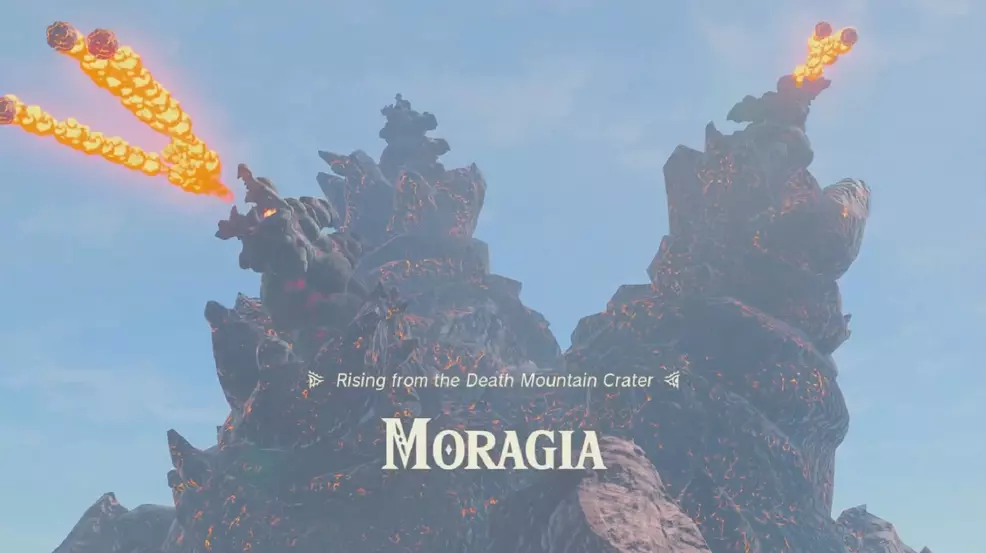
None of the temples are teeming with challenging enemies, and the design certainly is full of echoes of the Divine Beasts of Breath of the Wild, but the boss battles are where Tears of the Kingdom shines. The game's scale allows for some very impressive boss battles at the end of each temple, and even down in the Depths where players can fight the same bosses again alongside a slew of other very difficult enemies.
I had more fun playing Breath of the Wild, but Tears of the Kingdom is undoubtedly a better video game. Some of that sentiment comes from the fact that The Legend of Zelda: Breath of the Wild felt like a brand new experience when it launched alongside the Nintendo Switch console in 2017, but there are aspects of how Tears of the Kingdom's predecessor handles Link's abilities, the Champion’s powers, and the overall control scheme that truly felt better than some of the design choices made in this 2023 release.
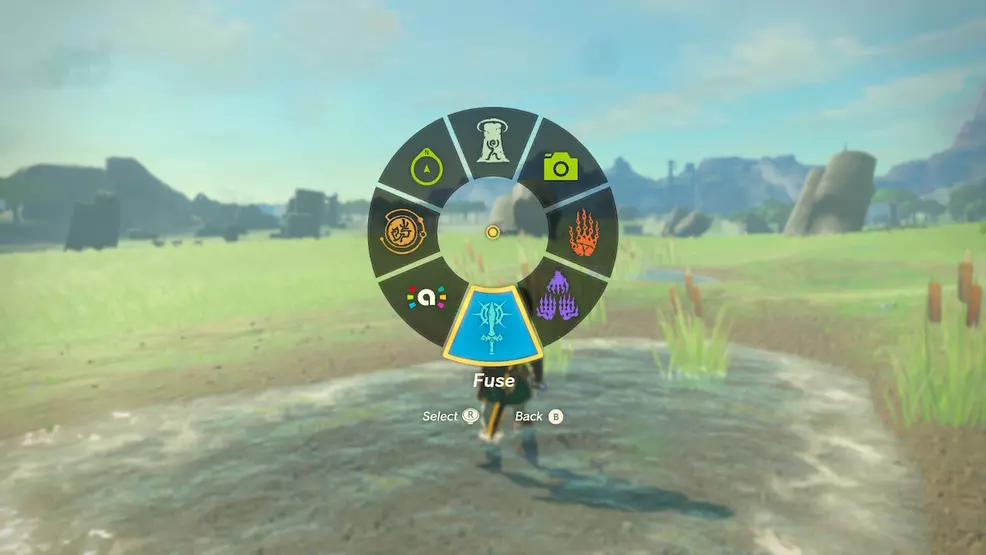
While the Fuse ability is awesome and unlocks a world of experimentation with attaching sticks to rocks and hitting other rocks, it also removed some of the chaotic fun that Breath of the Wild players could get into by chaining together bombs and Stasis to create all sorts of emergent gameplay moments. Tears of the Kingdom is not devoid of opportunities for similar gameplay situations to arise, but there are times when the game feels like it is putting you to work as opposed to letting you play it.
The way that Sage powers work in Tears of the Kingdom are downright wonky at times. It was probably not the best idea to use the same button that players use to pick up items to be the way to trigger these powers. Things can get really messy with all the Sages on screen at once in a tight area, and the implementation of the controls made me long for Breath of the Wild's simple and easier to use inputs.
A leap to the past
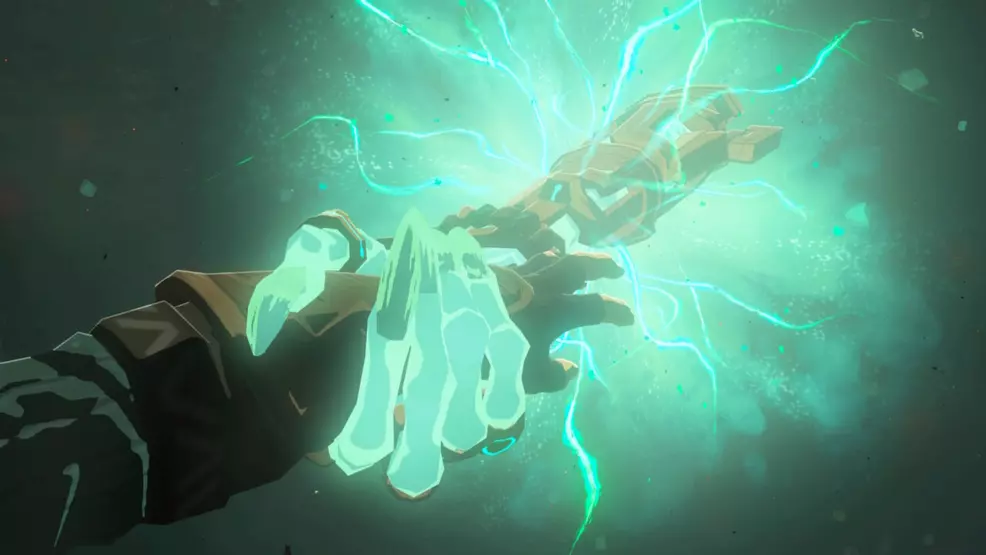
Tears of the Kingdom improves on the Breath of the Wild formula in several ways that really stood out to me during my extended time playing the game for review. The scale of the post-Upheaval Hyrule can't be understated. While the Depths and Sky Islands more than double the playable area from the 2017 Zelda game, there are even more detailed additions like the exquisitely designed cave systems, countless wells, and sometimes amusing Korok challenges. Shrines are still a key part of progression with some existing in the sky and others appearing in the newly minted caves. Most Lightroots are located directly under Shrines, creating a new back and forth gameplay loop when searching for either.
Tears of the Kingdom is possibly the greatest Zelda story ever told, and it's not just the narrative structure that wows players, but the truly unique delivery system. Breath of the Wild's memories were literally just laying around on the ground for players to stumble upon. Tears of the Kingdom creates a truly unique and fun way of discovering story segments with the introduction of geoglyphs. Each luminescent drawing on the Hyrule landscape contains several images of tears with one solid tear.
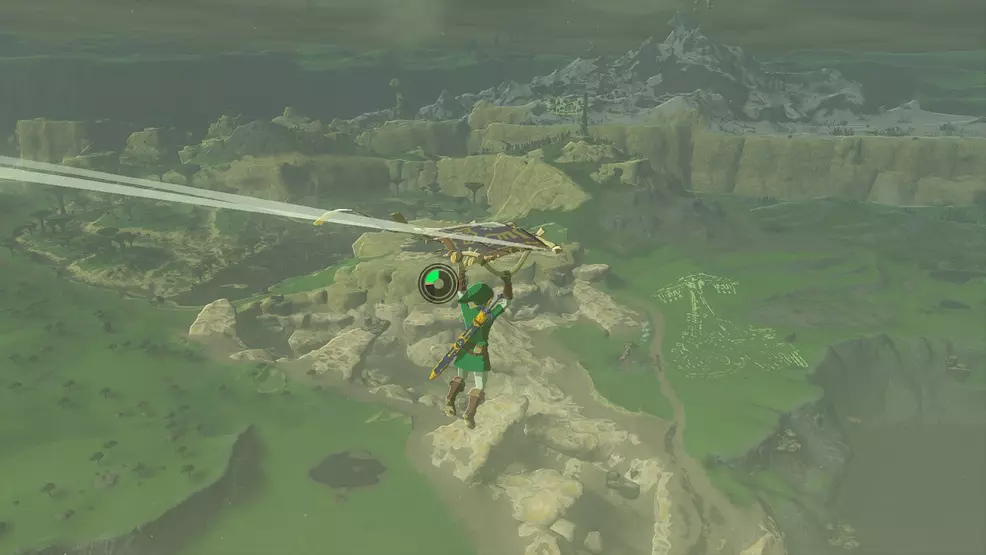
The easiest way to find these tears is to engage in a series of sweet jumps with the aid of Skyview Towers and Sky Islands. While Link's main quest is to find Princess Zelda, I wish the game stressed just how important these geoglyphs are to the player earlier on. The moment when Link retrieves the Master Sword on top of the Light Dragon certainly makes a lot more sense if players have watched all of the memories captured in those tears.

Wisdom takes time
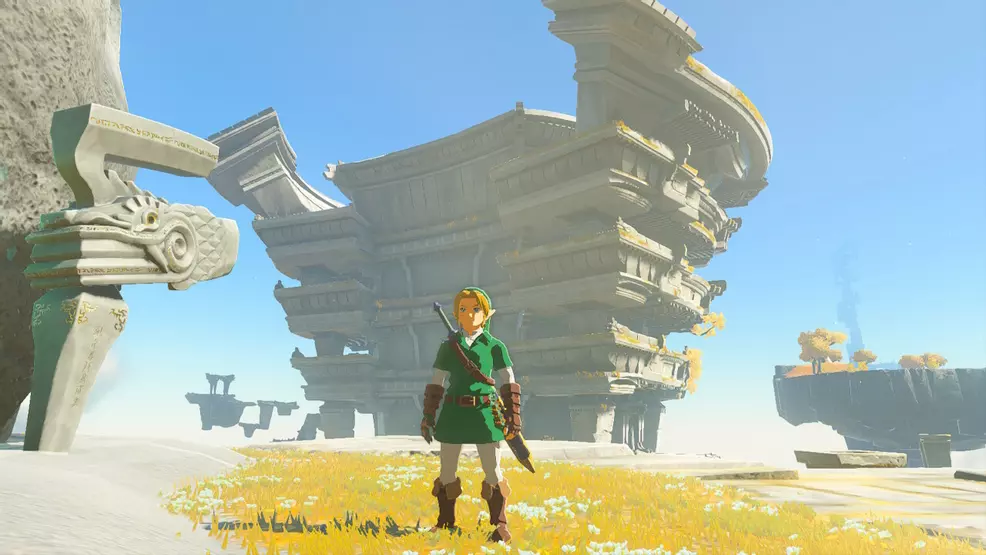
The story of Tears of the Kingdom showcases why it's Zelda that is the legend. As players view the series of memories, the source of the literal tears becomes apparent. When Zelda disappeared at the beginning of the game, she was transported back in time to the era in which the Kingdom of Hyrule was founded. She encounters the first King and Queen of Hyrule and is taken under their wings as she tries to figure out a way back to her time.

The memories show Zelda’s struggles with trying to help King Rauru and Queen Sonia in their time while also trying to get back home. In a poignant conversation with Rauru's sister Mineru, Zelda learns that sages who hold a Secret Stone like the one that unlocked her ability to travel back in time are able to transform into immortal dragons. There is also another touching discussion during which Queen Sonia reveals to Zelda that she possesses both a power over time and a sacred power that can dispel evil.

Zelda witnesses the sheer evil of Ganondorf as the villain uses her image as a disguise in a plot to murder Queen Sonia, stealing her Secret Stone and using it to become the Demon King. She later warns Rauru that she believes that the Demon King will defeat all of the sages as he was still alive 1,000 years in the future. She is concerned that Rauru will likely die. It's at this moment that King Rauru teaches Zelda a very important leadership lesson. "I remain the king of Hyrule. As with any leader it is my duty to safeguard and protect my people. Even if I must risk my life."

Zelda was right, and Rauru did pass away in The Imprisoning War with one last act of tremendous courage sealing the Demon King away for a thousand years. That robotic-looking arm from Zelda encounter underneath Hyrule Castle at the beginning of the game was indeed that of King Rauru, and Link did prove to be their final hope.

With the lessons she learned from Rauru, Sonia, and Mineru while in the past, Zelda faces what would be a difficult decision for most people with a sense of bravery, determination, and faith that is extremely admirable. I don't think I know anyone who would become an immortal dragon to heal my sword that seals darkness for a thousand years so I could defeat evil once and for all. Do you? Zelda’s faith and belief in Link is a beautiful sight to behold in Tears of the Kingdom.

The scene in which Zelda realizes why she was sent back to ancient Hyrule builds her character in a way that hasn't really been achieved in past entries. The Master Sword truly shines in this moment, and it was extremely cheeky how Nintendo was able to use a clip from that scene in The Legend of Zelda: Tears of the Kingdom Official Trailer #3 without spoiling the story at all.

In her final conversation with Zelda, Spirit Sage Mineru exclaims that it would be "throwing yourself away" but Zelda's decision had been made. Mineru vows to support Link in support of her decision to become an immortal dragon. "Even if my body should perish, I will be with you in spirit," said Mineru. Zelda’s transformation into the Light Dragon culminates with literal tears falling across the kingdom of Hyrule.
Heroes of time
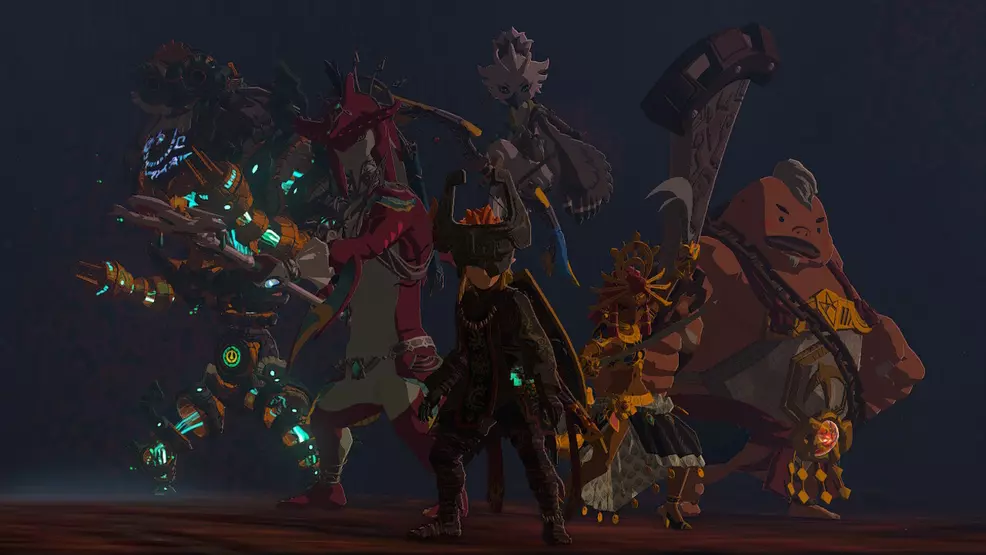
The Legend of Zelda: Tears of the Kingdom is not a story of one hero. Ancient Hyrule had its great heroes that fought the Demon King at The Imprisoning War, with King Rauru putting his faith in Zelda and Link. Some Shrines in Tears of the Kingdom are called Rauru's Blessing, and they usually appear or are located around some sort of cool thing for players to do. Jumping from a Sky Island into the whirlpool in Lake Hylia, for example. Shrines with the Rauru’s Blessing subtitles also contain treasure chests with sweet loot. Rauru 2024!

Another hero of the story has to be The Master Sword. Nintendo's use of the weapon as a key for time travel and defeating evil in Tears of the Kingdom is excellent. The moment when players retrieve The Master Sword after its thousand years of bathing in the Light Dragon's sacred energy is one of the most exciting video game moments in the franchise's history. The final dragon tear titled Zelda's Wish cements the beauty of that moment.
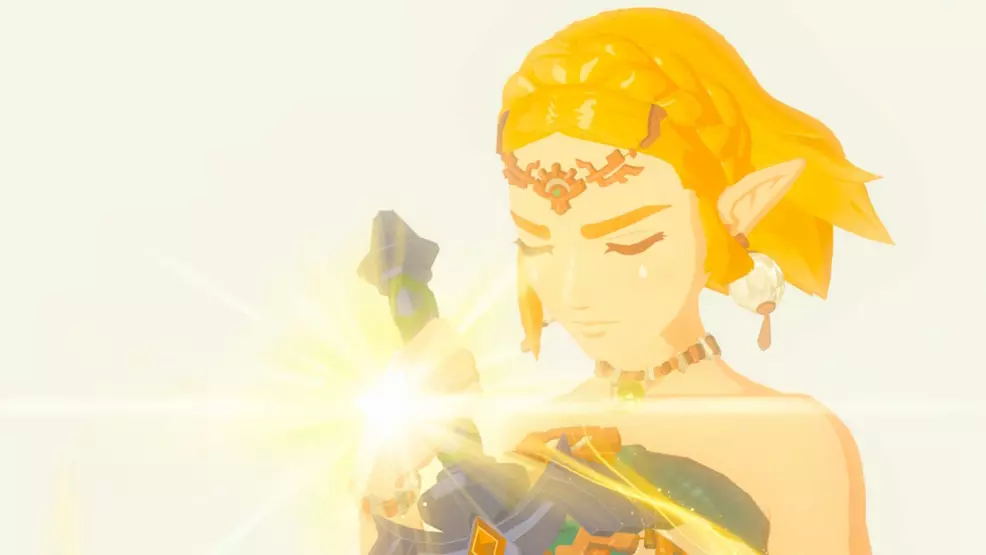
After clearing all of the regions from their various phenomena and acquiring the energy infused sword, I was ready to kick the Demon King's ass right? Nope. It's a nice head fake moment in Hyrule Castle where you face off with several Phantom Ganons. The Demon King appears at the end of the battle and laughs at you for not even having the fifth sage. This sets off a new quest to find Mineru, another legendary hero of this wonderful tale.
Mineru carried out her vow to Zelda, and had created a robot body to house her spirit. That's right. The final sage is a robot mech. The game throws a robot mech into the gameplay mix many hours into the playthrough. Then they let players attach cannons to both hands of the robot. Mineru is the best sage, and makes navigating the Gloom-infested Depths an order of magnitude easier when compared to the days of using an Autobuild of a Hoverbike that's two fans and a control stick stuck together.

The path to finding Mineru is a beautiful use of so many systems and environments in the game. Tears of the Kingdom challenges players to find Lightning Armor down by the river, then unlock a new Sky Island to find a door that you need a certain amount of hearts to open, to then build a plane to fly down into the Depths where Mineru is waiting to be assembled.
The entire late game experience really kicks it up a notch with Thunderhead Isles Sky Island and the Spirit Temple. Mineru makes the next task of ridding the Depths of Kohga's Yiga Clan a lot easier. Finally, I get to beat the Demon King. Right?
Flight of Dragons

The final boss battle of The Legend of Zelda: Tears of the Kingdom is the best ending sequence to a Nintendo video game. Players must descend to the deepest part of the Depths underneath Hyrule Castle to defeat the Demon King. The path to the final battle is full of enemies with Gloom all over the terrain. After fighting another Phantom Ganon, a Lynel, and a bunch more enemies along the way, players get to the final battle.
But first the Sages and I had to defeat the Demon King's Army. After that, we had to fight a reinvigorated Demon King Ganondorf. After knocking out his health bar entirely, Demon King Ganondorf enters a second phase with a much larger health bar. Comically larger.

Demon King Ganondorf fights unlike any other enemy players have encountered in the game, introducing a number of attack patterns tied to his ability to switch weapons mid-battle. Link can do some damage with a Flurry Rush attack, but it requires dodging two hits before being able to strike. Demon King Ganondorf can literally break your depleted heart containers during the battle, decreasing your max health. It is really cool to see the game introduce multiple brand new gameplay mechanics at such a pivotal moment.
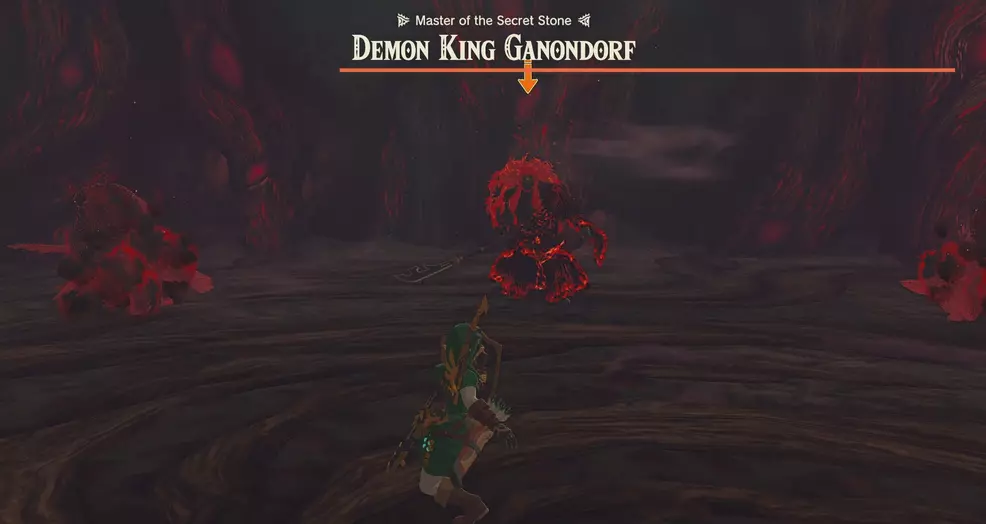
With his massive health bar nearly half depleted, Demon King Ganondorf incapacitates the Sages, leaving it up to Link to defeat him. Matt Mercer's excellent voice acting performance elevates the epic final battle. After a few more rounds of varied attacks, I was able to defeat Demon King Ganondorf once and for all, but he did the unthinkable, tearing his Secret Stone from his head and eating it. The draconified Demon King emerges from the Depths of Hyrule as the Demon Dragon with Link clenched in his teeth for one last battle. It should come as no surprise that the Light Dragon shows up to knock Link from the Demon Dragon's clutches to kick off a final showdown featuring two dragons and a series of sweet jumps. At the end of the battle Link stabs the Demon Dragon in the center of its Secret Stone setting off the largest explosion ever witnessed in the kingdom of Hyrule.

With the evil defeated, Link and the Light Dragon are transported to another realm. Link's robotic arm begins to glow as King Rauru and Queen Sonia appear behind him. With their powers combined, the Light Dragon is transformed back to her human form. Zelda appears asleep, and as Link nods off they both reappear back in the real world. Plummeting to their deaths! This gameplay sequence is just one last cherry on top for the masterpiece that culminates in both Link and Zelda landing safely in a nice pond.
Very Nintendo

The Legend of Zelda: Tears of the Kingdom is a celebration of an era of development at Nintendo. It truly felt like producer Eiji Aonuma and his team dumped every cool idea they ever had on the table and made it a reality on Nintendo Switch. Long-time fans of the series will absolutely love the conclusion to this story of Zelda and Link of Hyrule, and completionists will have hundreds of hours of gameplay with so very many things to do.
Players all over the world continue to share ideas for wacky Ultrahand builds while speedrunners continue to shave off seconds trying to perfect their runs. The game is truly what the player makes of it.
The Legend of Zelda: Tears of the Kingdom is not a perfect game, but it gets so many things right in ways that outshine its blemishes. Nintendo has built its most expansive open world and eloquently paired it with a wonderful narrative that concludes in tremendous fashion.
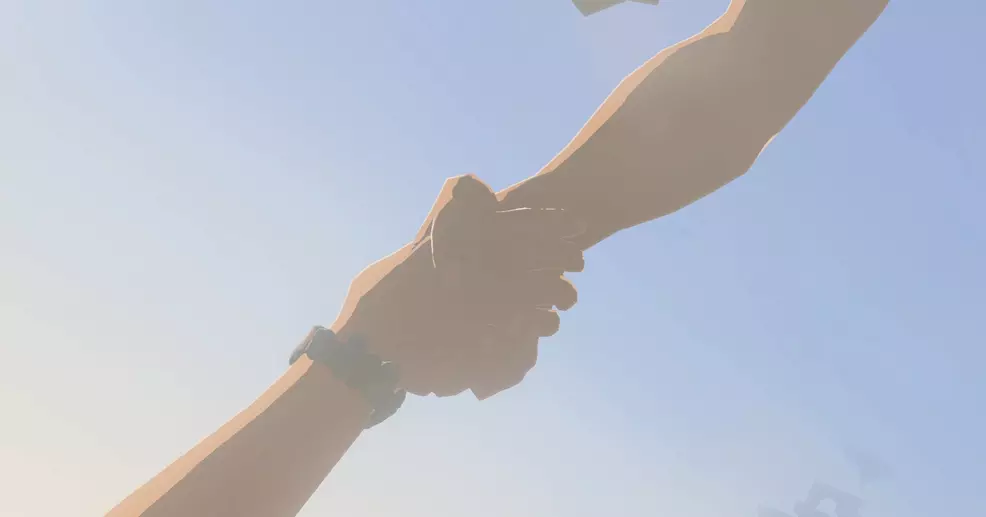
The Legend of Zelda: Tears of the Kingdom has lived up to the high expectations created by the success of Breath of the Wild with its exquisitely intertwined gameplay systems, outstanding music, and a legendary story culminating in a magnificent denouement. It's not every day that such a special video game like this comes around. Truly the stuff of legend.
The Legend of Zelda: Tears of the Kingdom is available exclusively on the Nintendo Switch platform.
Asif Khan is the CEO, EIC, and majority shareholder of Shacknews. He began his career in video game journalism as a freelancer in 2001 for Tendobox.com. Asif is a CPA and was formerly an investment adviser representative. After much success in his own personal investments, he retired from his day job in financial services and is currently focused on new private investments. His favorite PC game of all time is Duke Nukem 3D, and he is an unapologetic fan of most things Nintendo. Asif first frequented the Shack when it was sCary's Shugashack to find all things Quake. When he is not immersed in investments or gaming he is a purveyor of fine electronic music. Asif also has an irrational love of Cleveland sports.

